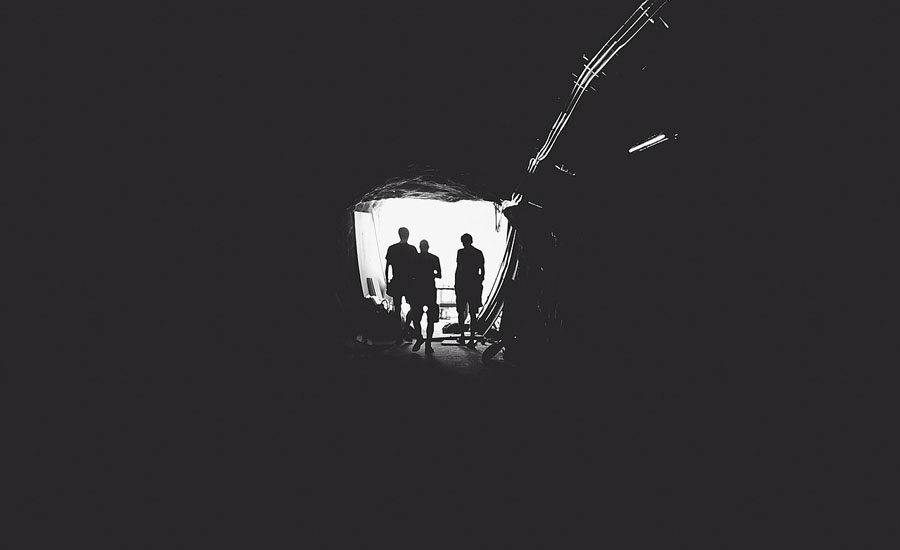From NIOSH Research Rounds
Improved fire simulation aids training for mine emergencies

Carbon monoxide (CO) poisoning is a leading cause of death in underground mine fires. To identify safe emergency escape routes, investigators at the National Institute for Occupational Safety and Health (NIOSH), where mine worker safety and health is a research priority, study how to predict the spread of smoke and toxic gases throughout the mine’s ventilation network. Depending on the size of the mine, this vast network can comprise hundreds to thousands of junctions and airways. One way to predict the spread of deadly toxins is through computer programs that simulate a fire in a virtual underground mine.
Predicting how CO will spread
In the peer-reviewed journal Applied Thermal Engineering, NIOSH investigators report on a study of two such programs and their ability to predict CO spread in an underground mine fire. The Fire Dynamics Simulator (FDS), developed by the National Institute of Standards and Technology, uses the principles of mathematics, physics, and computer coding. The second method, MFIRE, is a widely used mine-fire simulation program developed by the former U.S. Bureau of Mines. (Congress transferred the bureau’s mine safety research functions to NIOSH in 1997 after abolishing the bureau.) Although both programs model the flow of smoke and heat, they have different strengths. For example, the FDS provides detailed information such as airflow speed, direction, and pressure; gas concentration; and fire-related temperatures at different locations near the fire source within the virtual mine. In contrast, MFIRE simulates the mine’s ventilation network and provides information about gas concentration and temperature in each airway in the network.
A four-mile-long test underground facility
For this study, investigators first conducted full-scale fire experiments in the controlled and safe environment of the NIOSH Safety Research Coal Mine. This 4-mile working complex is an underground test facility, located on NIOSH’s Pittsburgh, Pennsylvania campus, used to evaluate and develop health and safety interventions to protect mine workers. With the measurements from these experiments, the investigators used the FDS, after calibrating it with CO concentration data from the full-scale mine fire experiments, to calculate the heat generated by the mine fire and predict the CO concentration profiles at different locations in the mine. After programming MFIRE with these calculations, they found that fresh air leaking between adjacent airways affected CO spread by decreasing its speed and consistency. In another significant finding, they improved the accuracy of MFIRE’s predictions by using a more accurate dynamic heat-release rate generated by FDS. According to the investigators, integrating CO data with MFIRE creates continuously changing, more realistic conditions that, when used in existing training formats, can improve preparations for miner escape and emergency response.
More information is available:
Looking for a reprint of this article?
From high-res PDFs to custom plaques, order your copy today!






